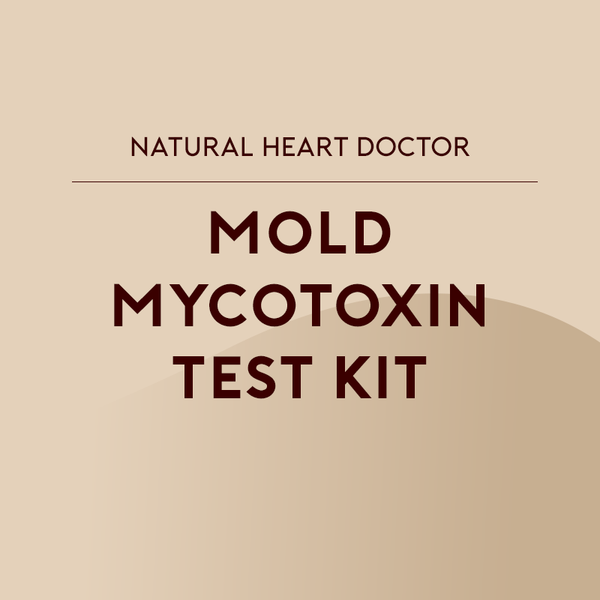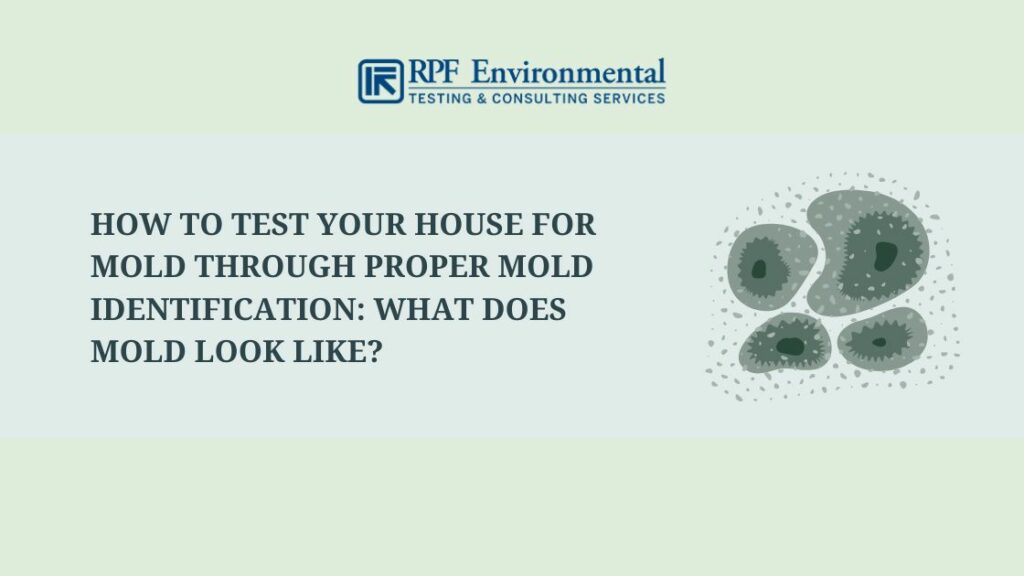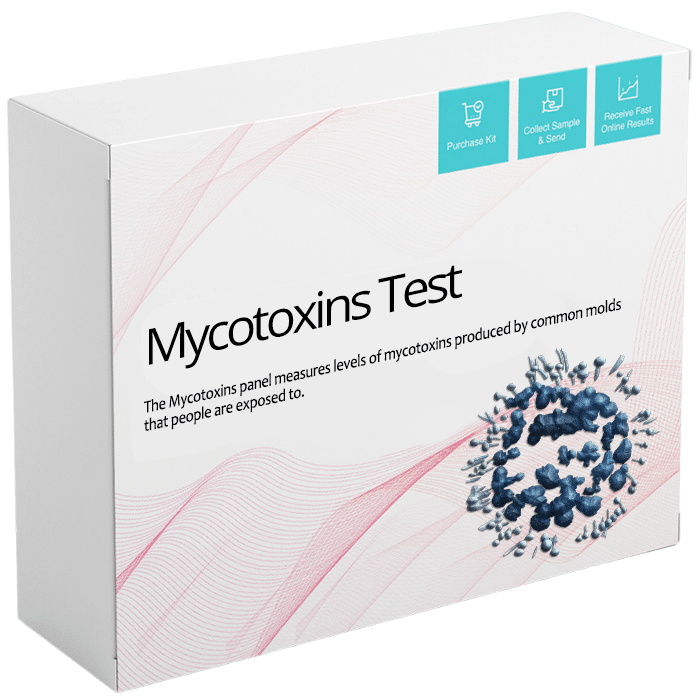Maximize Your Conformity with Trusted Mycotoxin testing Services Solutions
Maximize Your Conformity with Trusted Mycotoxin testing Services Solutions
Blog Article
Just How Mycotoxin Testing Aids Avoid Contamination and Guard Food Materials

Mycotoxin screening is an important technique in the food sector, offering as a frontline protection versus contamination by harmful toxins produced by mold and mildews. Through the application of sophisticated techniques like High-Performance Fluid Chromatography (HPLC) and Liquid Chromatography-Mass Spectrometry (LC-MS), food manufacturers can properly measure and spot mycotoxin degrees in farming products. This positive approach not just ensures conformity with rigid safety laws but also mitigates health and wellness dangers to customers. Regular screening strengthens brand reputation and monetary health by minimizing contamination-related cases. So, just how specifically do these testing protocols incorporate right into the wider food security technique?
Recognizing Mycotoxins
Understanding mycotoxins begins with acknowledging that they are toxic additional metabolites generated by particular mold and mildews, which can infect agricultural products. These metabolites are not necessary for the development or recreation of the fungi but can have severe effects for human and animal health and wellness. Mycotoxins are frequently located in staple crops such as corn, wheat, barley, and nuts, where they can proliferate under specific conditions of dampness and temperature.
There are several kinds of mycotoxins, each created by various fungal varieties. Fusarium species produce trichothecenes and fumonisins, both of which are associated with various acute and persistent health problems.

Dangers of Mycotoxin Contamination
The risks of mycotoxin contamination are multifaceted, posing considerable dangers to both food security and public health and wellness. Mycotoxins, poisonous substances created by certain types of fungi, can contaminate a vast variety of agricultural items including cereals, nuts, spices, dried out fruits, and coffee.
Economic impacts are another major problem. Contaminated plants can result in significant financial losses for farmers and food manufacturers due to minimized yields and the demand for expensive purification actions. International trade can be significantly hindered as nations impose rigorous mycotoxin policies to secure their populaces, leading to rejected shipments and stretched trade connections.
Ecological aspects such as environment change worsen the threat of mycotoxin contamination. Variants in temperature and humidity can produce favorable problems for fungal development, enhancing the likelihood of contamination occasions. Thus, understanding and minimizing these risks are important for making certain the security and stability of international food materials.
Techniques of Mycotoxin Evaluating
Properly determining mycotoxin contamination in farming items is essential for guarding public wellness and maintaining food safety requirements. Different techniques are employed to discover and evaluate mycotoxins, each offering details advantages and constraints.
High-Performance Liquid Chromatography (HPLC) is a commonly utilized method as a result of its high level of sensitivity and accuracy. It includes dividing mycotoxins from various other compounds in an example, enabling precise quantification. Liquid Chromatography-Mass Spectrometry (LC-MS) integrates fluid chromatography with mass spectrometry to give in-depth molecular details, making it specifically helpful for recognizing multiple mycotoxins simultaneously.

Gas Chromatography-Mass Spectrometry (GC-MS) and Thin-Layer Chromatography (TLC) are likewise used, each with unique applications. GC-MS works for volatile mycotoxins, while TLC uses a less complex, economical option for preliminary screening.
Advantages of Regular Examining
Routine screening for mycotoxins in farming products provides various benefits, substantially contributing to public wellness and food safety and security. By recognizing contamination early, normal screening aids prevent the distribution of harmful foods, consequently reducing the danger of mycotoxin-related health problems among consumers. This proactive strategy not just safeguards human wellness yet likewise improves the overall high quality of food materials.
Consistent screening additionally supports regulative conformity. Different nations and regions have actually developed stringent limits for mycotoxin levels in food and feed. Abiding by these limits with routine testing guarantees that manufacturers and distributors satisfy legal criteria, consequently preventing fines and profession obstacles. In addition, preserving conformity cultivates customer trust fund and brand name online reputation, which are essential for market success.
Furthermore, routine mycotoxin testing can lead to considerable financial advantages. Early detection of contamination permits for timely intervention, reducing potential losses from extensive contamination. Implementing normal testing procedures can also decrease recall expenses and related responsibilities, which can be financially ruining.
Moreover, normal testing supplies useful information that can educate much better farming methods and storage conditions. By recognizing patterns of contamination, manufacturers can adopt safety nets, thus adding and lowering future risks to the sustainability of the food supply chain.
Carrying Out Examining Methods
Executing reliable mycotoxin screening methods is important for ensuring the safety and quality of farming products. Establishing a robust screening framework entails multiple essential steps, beginning with the identification of prospective contamination factors within the production and supply chain. This consists of pre-harvest, post-harvest, storage space, and circulation phases. Each stage needs to be looked at to identify where mycotoxin contamination is most likely to happen.
As soon as important control points see page are recognized, selecting appropriate testing approaches is vital. Typical techniques include enzyme-linked immunosorbent assay (ELISA), high-performance fluid chromatography (HPLC), and mass spectrometry (MS) Each approach has its staminas and weaknesses; thus, choosing the appropriate one depends on the details mycotoxin being evaluated, the called for sensitivity, and readily available sources.

Finally, incorporating the screening procedures into an extensive food safety monitoring system is recommended. This boosts traceability and enables quick rehabilitative actions when contamination is identified, therefore guarding the stability of the food supply chain.
Verdict
Mycotoxin screening is essential in protecting against contamination and guarding food products by enabling early detection of damaging contaminants generated by molds in agricultural products. Normal testing boosts brand credibility, financial stability, and count on in food safety by minimizing contamination-related losses and keeping high standards in food production.
Mycotoxin screening is an important practice in the food market, serving as a frontline defense against contamination by harmful toxins produced by molds. An incorporated strategy including agricultural practices, storage administration, and regular testing can minimize the risks check my source linked with mycotoxin contamination, guaranteeing food safety and security and public wellness.
The threats of mycotoxin contamination are multifaceted, positioning significant threats to both food safety and public wellness.Routine screening for mycotoxins in farming items supplies countless find out here benefits, dramatically adding to public wellness and food safety.Mycotoxin testing is crucial in avoiding contamination and securing food materials by allowing early discovery of damaging toxic substances created by molds in agricultural products.
Report this page